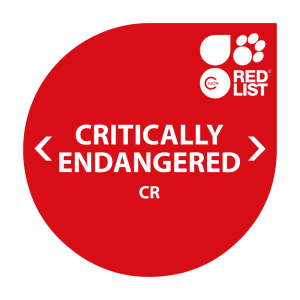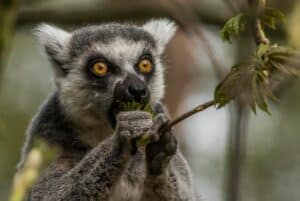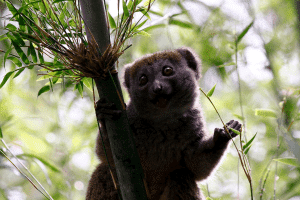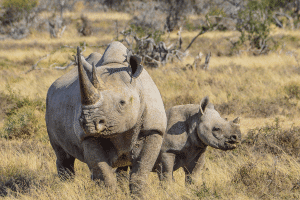Wild Camels
Wild camels are amazing. Despite having a reputation for being bad tempered and spitting, they are actually really smart and interesting. And one of the hardiest animals in the world. Like, they have survived nuclear explosions. Honestly. Our partners Wild Camel Protection Foundation built their sanctuary and breeding centre on the former site of 43 nuclear test explosions in the Gobi Desert where wild camels still survived (don’t worry, the tests stopped after 1996). They can stand EXTREME temperatures, drink salt water and survive for long periods with no water at all.
This extraordinary animal is of vital importance to scientific research but is smarter than a horse, is emotional and has the memory of an elephant. Or a camel even. Now critically endangered, with population numbers continuing to fall and habitat ranges to shrink, not many people are standing in the camel’s corner.
That is why WildLife Foundation wants to act fast to prevent the loss of the last of the remarkable Wild camels.

Threats
Hunting:
You wouldn’t think of camels as being hunted, but they are. Camels are hunted for sport and by local people where they compete with domestic livestock for scarce water, grazing and vegetation.Predation:
Camels are preyed on by wolves. I bet you didn’t know wolves lived in the desert did you?!Habitat Loss:
Sadly, mining and industrial development is creeping into the desert with its associated pollution. Even the remotest habitats on earth are shrinking…Working with
Wild Camels
Conservation:
WildLife Foundation provided funding towards a major conservation project through which 6 Wild camels were transferred from a breeding centre back to the wild, in order to provide fresh blood for existing herds, a vital exercise to boost struggling wild populations.Education:
Thanks to WildLife Foundation funding for a three-year project, Wild Camel Protection Foundation has set up environmental education programmes for communities local to their breeding centre, through schools and a dedicated education centre. Getting the support of local communities, so that they want to help protect their camelid neighbours, is crucial to the survival of Wild camels.Facts
They’re the only land mammals capable of drinking salt water with no ill effects and can go for weeks on end with no water at all. A very thirsty camel can drink 30 gallons of water in only 13 minutes.









